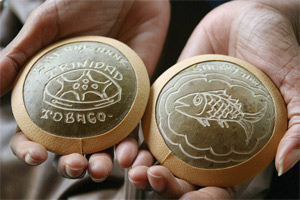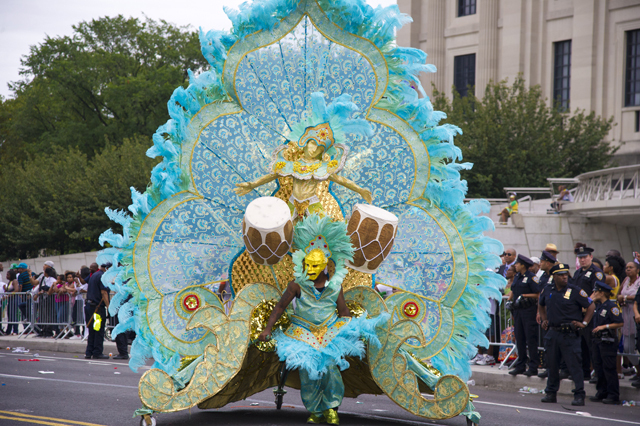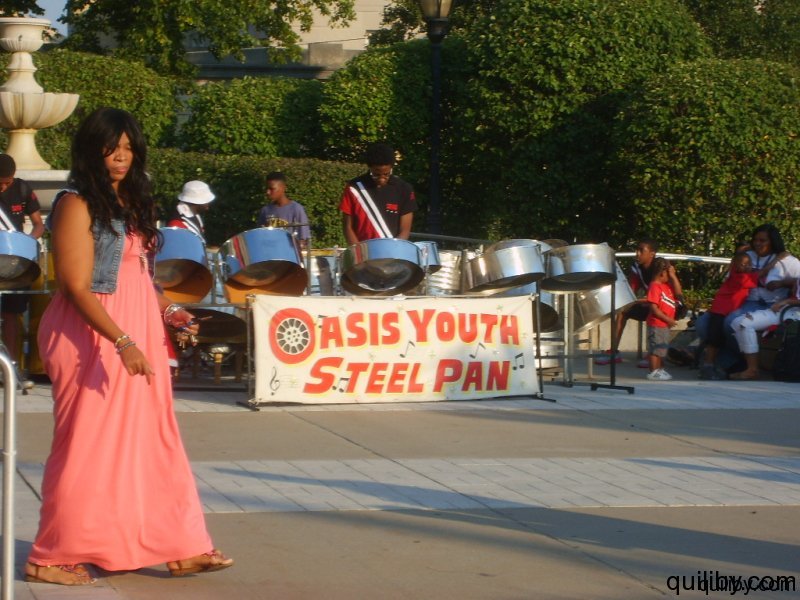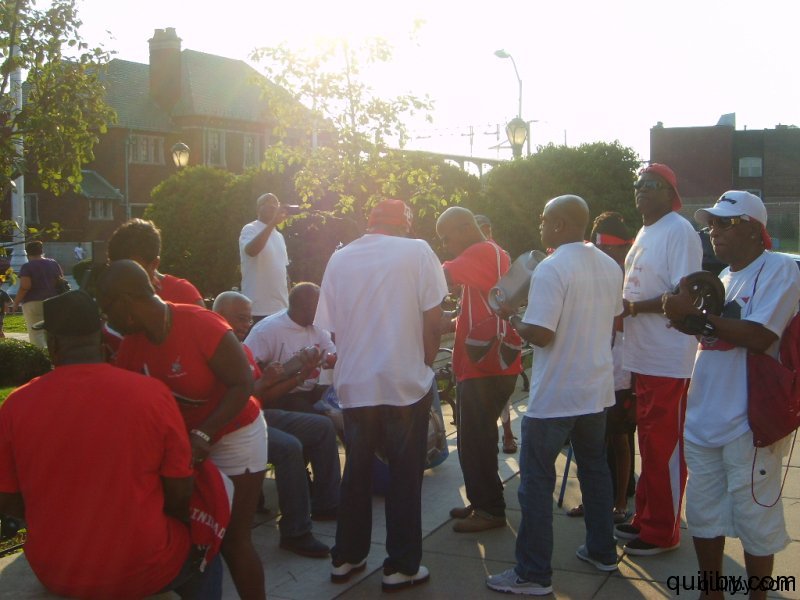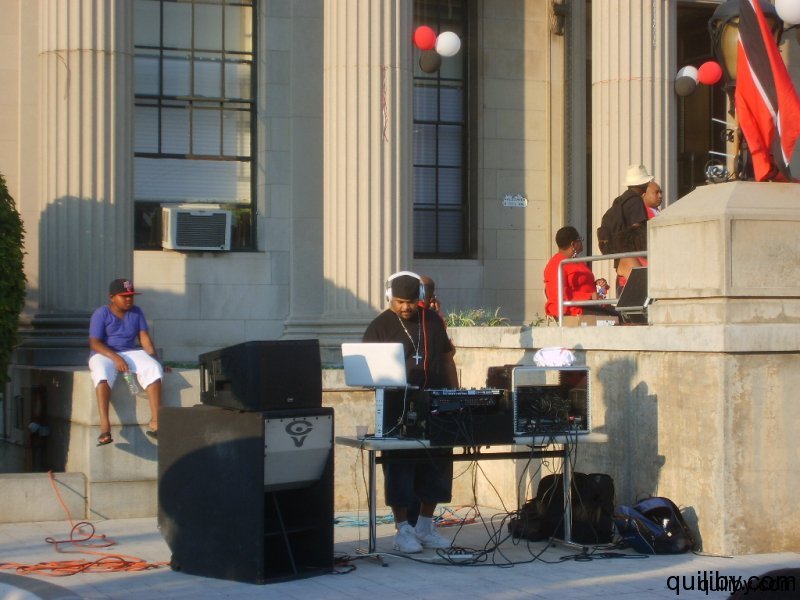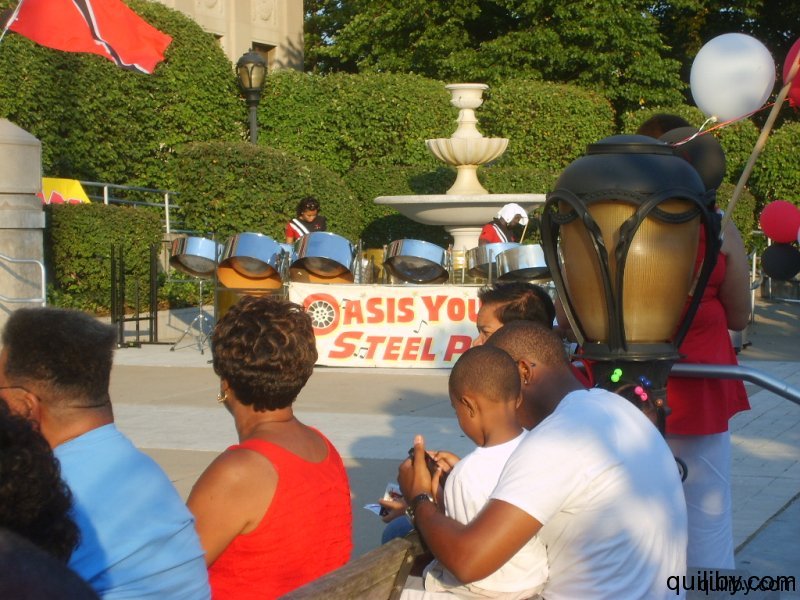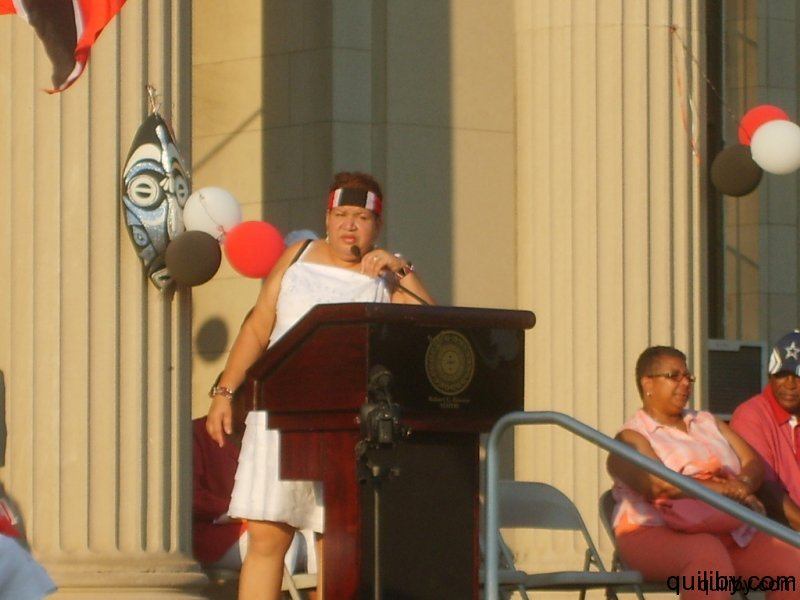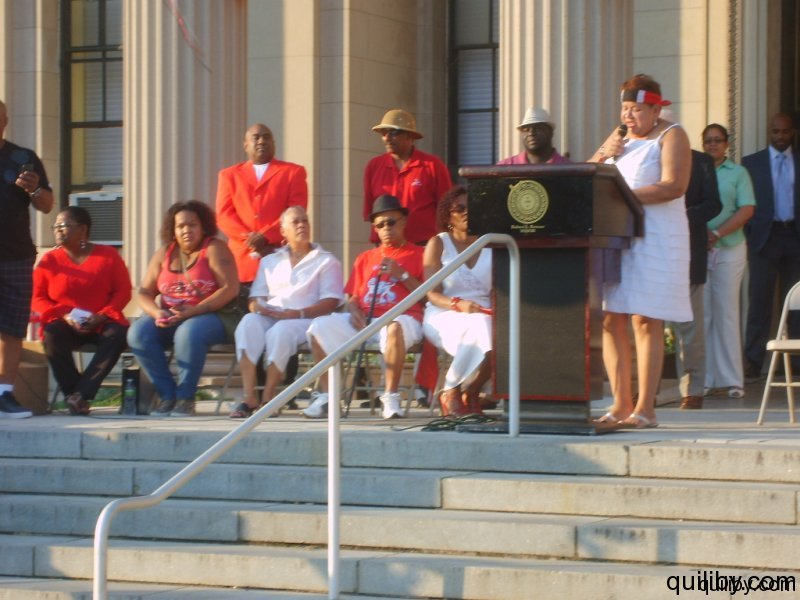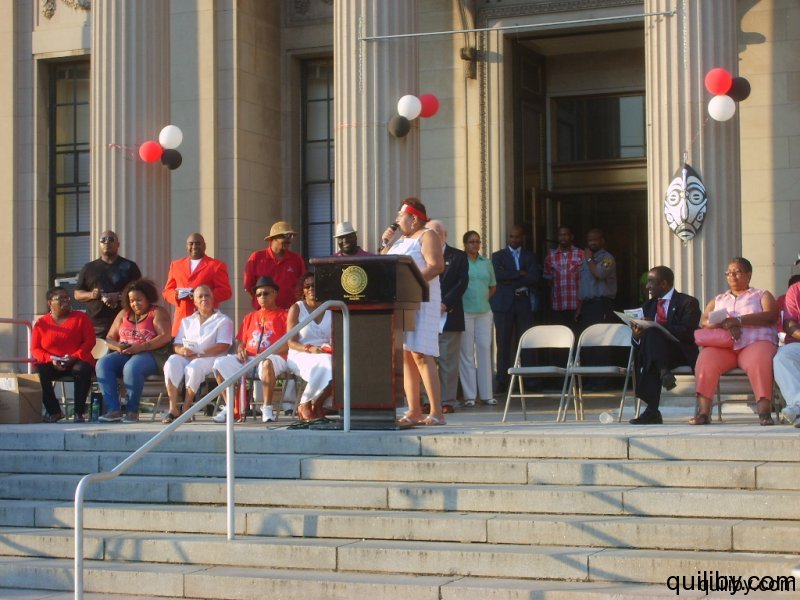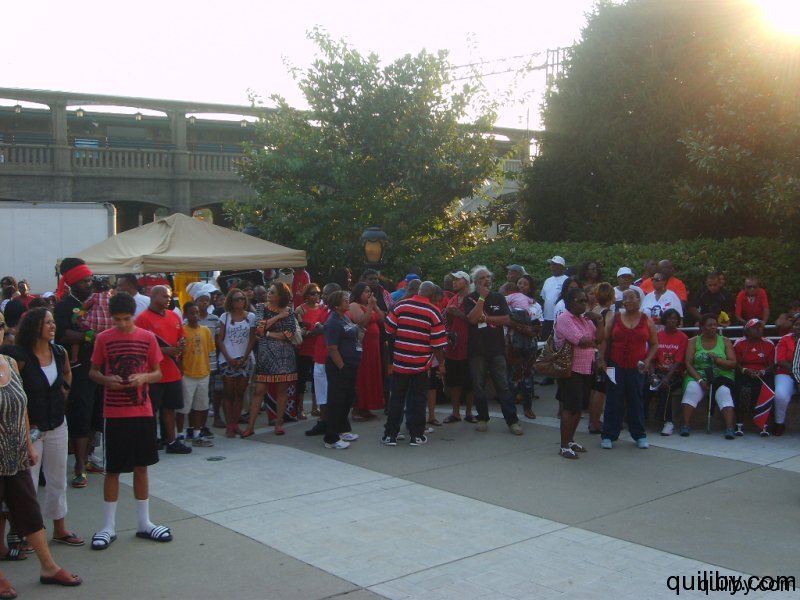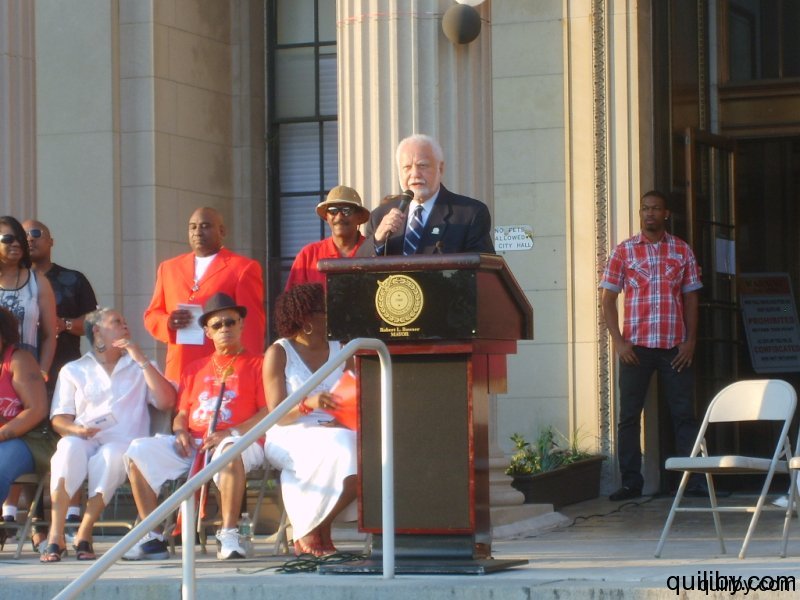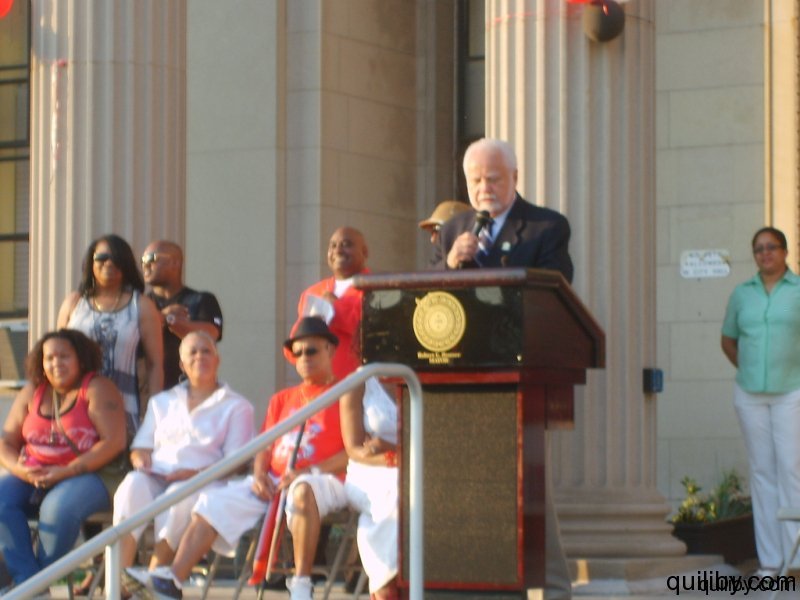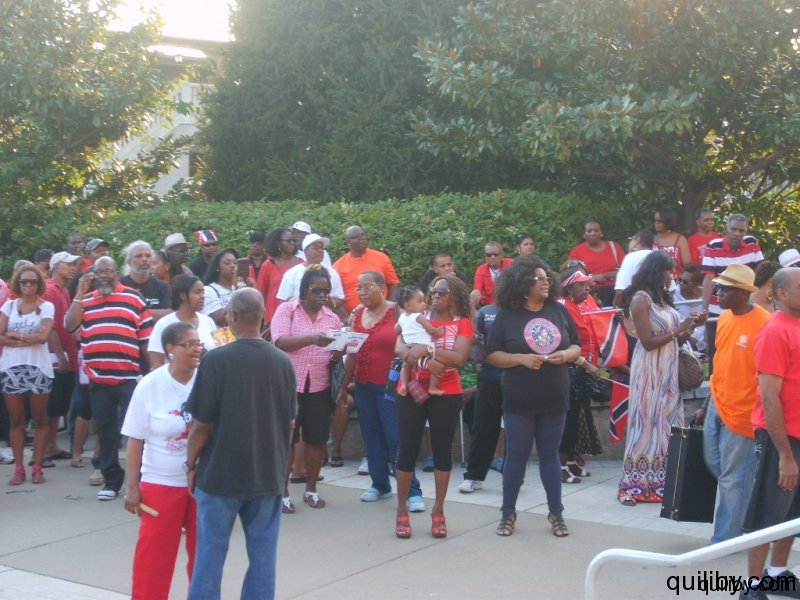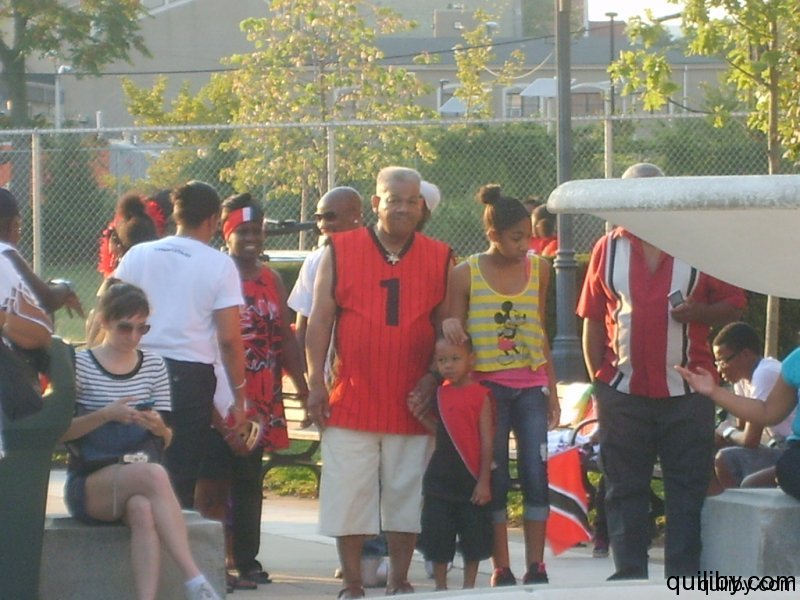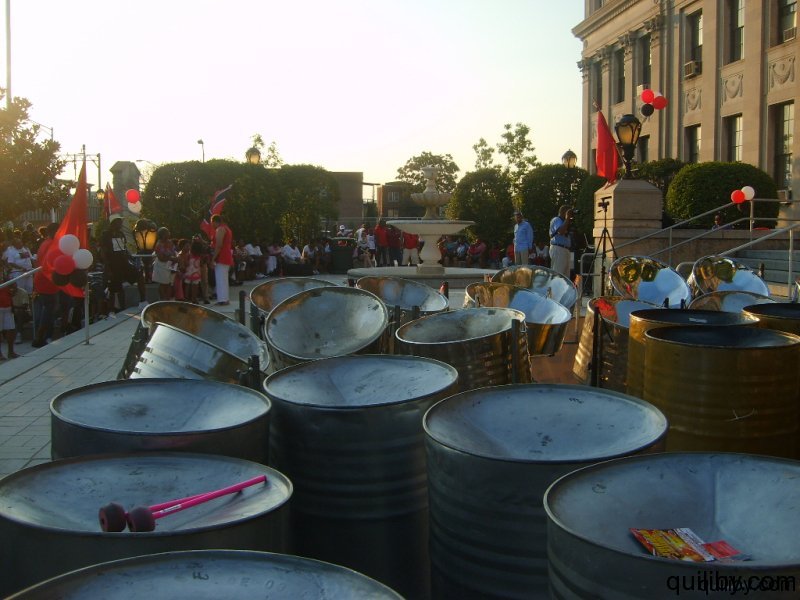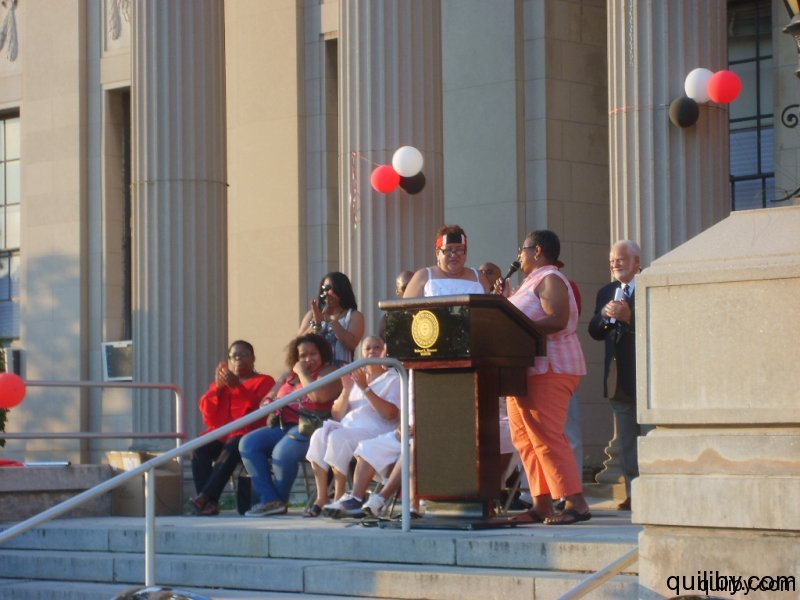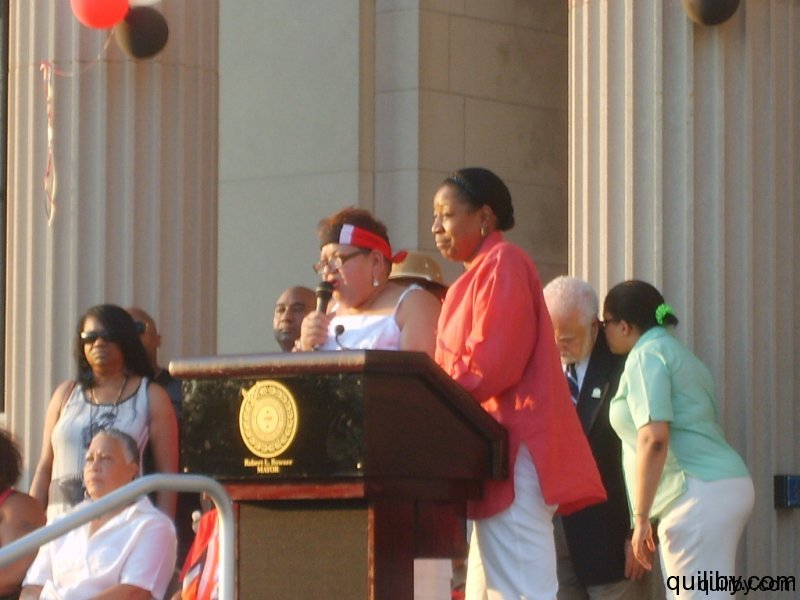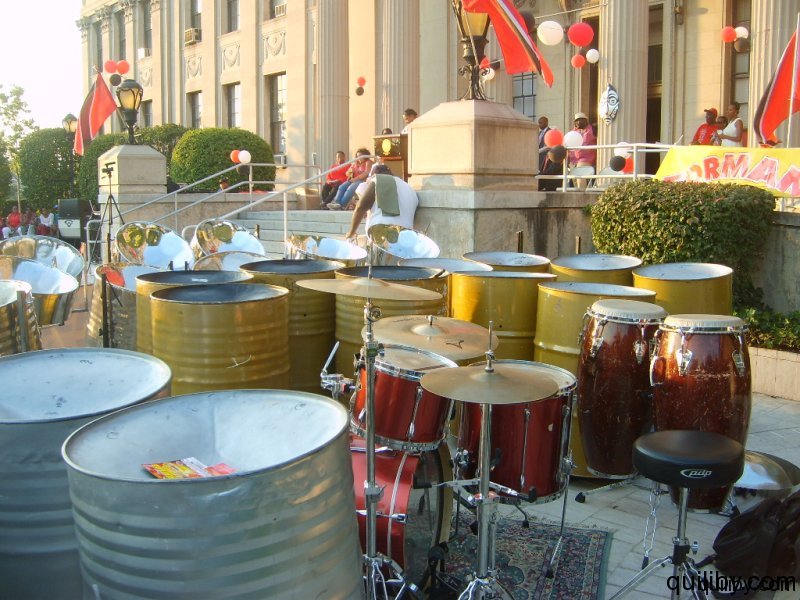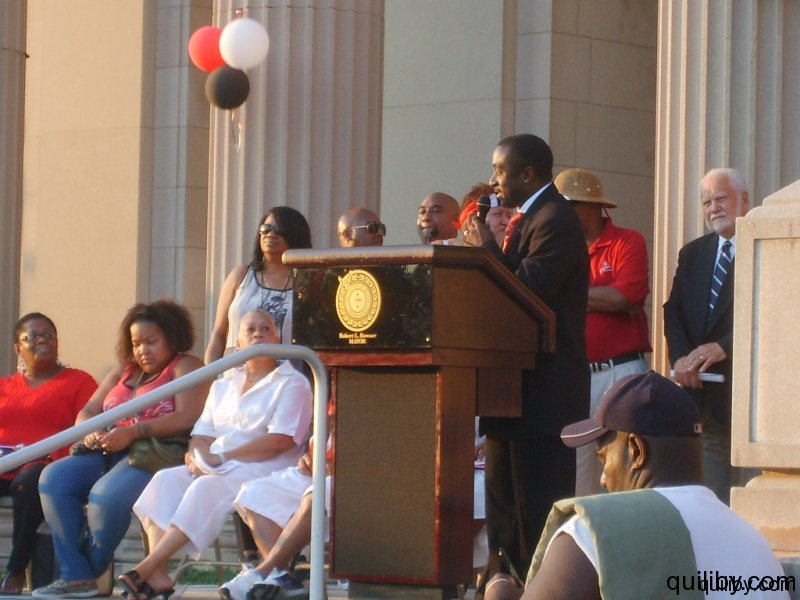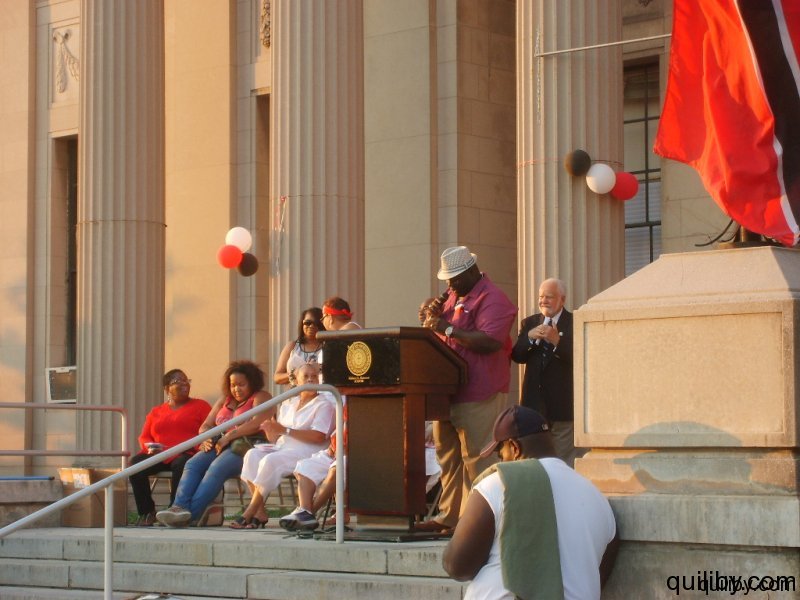Trinidad Chutney Soca artist Rikki Jai won the Independence Chutney Soca Monarch crown on Saturday 18th August. The following article, written by Sheila Rampersad, details Jai’s career as a singer and was published in Issue 113 of Caribbean Beat Magazine, January/February, 2012.

Rikki Jai (Samraj Jaimungal) is one of the most enduring, adventurous and understated entertainers in Trinidad & Tobago music. For 22 years he has moved between the country’s dominant musical genres: calypso, chutney, soca, and Indian soca, winning awards, encores and competitions.
From 1988, when he debuted with the modern calypso classic “Sumintra”, to 2011, when he won the inaugural TT$2 million prize in the Chutney Soca competition with the controversial “White Oak and Water”, he has served as a barometer for Indian/African racialised politics in Trinidad & Tobago’s uniquely heterogeneous society, which is dominated by these two ethnic groups.
Born in Friendship Village, south Trinidad – a predominantly Hindu community – Jai is the fifth of six children. His mother speaks Hindi and Bhojpuri, sings chutney (Indo-Caribbean) songs, and is still his co-writer. Uncommonly, despite being born into a creative tradition of Indian folk music, Jai did not start his career in chutney, but built a reputation in calypso before turning to that form.
His cultural education, which began with Bhojpuri folk songs, expanded during his youth. He attended St Paul’s Anglican Primary School in the southern city of San Fernando, where he was introduced to Christian hymns, played on the piano by the school’s principal and musicologist, “Mr Mungal”. Later, he attended Naparima College, a Presbyterian school.
As he travelled into young adulthood, calypso captured his musical attention; last year he told the Trinidad & Tobago Review that as a young man he memorised all the calypsoes he heard. After high school, he worked as a clerical officer in the Ministry of Finance in the capital, Port of Spain. Here, he was up close to the music that had fascinated him.
In 1986, just 24 years old, he attended a bazaar in Oropouche, South Trinidad, at which the Princes Town-based crossover band Naya Andaz Orchestra was playing. Naya Andaz, now Andaz International, started in 1957 and was the first Indian band to include soca and calypso in its repertoire. As the band transitioned from Indian songs to calypso at its bazaar performance, it went instrumental; the band had no vocalist for its calypso segment. Jai offered himself. He auditioned the following week, singing David Rudder’s “Bahia Girl” and “Hammer” and Crazy’s risqué “Pussycat”.
Jai performed calypso with Naya Andaz for a year. By 1987, he had been wooed and won by Triveni Orchestra, with whom he travelled further; the band performed in big fetes, and was often the opening act for frontline calypsonians.
“One of the best things to happen to me was joining Triveni,” he has said in many interviews. “It put me from the small fetes in the south to the big fetes in the north. As a frontline singer, dealing with the African-Trinidadian community and fete-lovers…getting to see David Rudder, Colin Lucas, Ronnie McIntosh first-hand…I would watch the masters and learn.”
Working in Port of Spain brought him closer not only to the music he loved but also to the creators of that music. One of his co-workers was calypsonian Bally, who would insert himself into the history of contemporary calypso with “Shaka Shaka”, “Lucifer”, “Maxi Dub” and the biting political commentary “Party Time”, which late calypso critic Terry Joseph described as one of the best calypsoes ever.
“I am especially grateful to Errol ‘Bally’ Ballantyne, a good friend and a gentleman,” Rikki Jai told the Sunday Express in 2000. He elaborated in the Review: “It took me a whole month to bring up the issue of recording my first calypso. He [Bally] proved to be one of the most selfless, genuine persons. He told me everything he knew, took me to meet GB [calypsonian Gregory Ballantyne – no relation], who said he had a song, ‘Rampersad’, for $1,500. I didn’t have the money and asked for two weeks to come up with it.”
He was able to raise only $800 and the song went to the late chutney icon Sundar Popo, but Jai asked GB for another, and “Sumintra” was born. It remains Jai’s signature song and became a modern calypso classic. It also fuelled a national debate that expressed the politics – specifically Indian/African ethnic politics – of Trinidad & Tobago culture.
The politicisation of Rikki Jai had begun.
In “Sumintra”, Jai woos an Indian girl with Indian songs. She accuses him of “trying to reach the Indian in me” and declares “Hold the Lata Mangeshkar, give me soca”. In so doing, Sumintra expresses a preference for creole culture and identifies herself as Trinidadian, an identity in which her Indianness is but a part of her whole.
Orthodox sections of Indian Trinidad reacted immediately. In their eyes Jai was advocating the rejection of Indian culture, encouraging cultural defection, and favouring state-supported Afro-Creole culture at the expense of Indian culture, which they were struggling to preserve.
The song, and criticisms of it, also engaged with an historic political moment; by the year of the song’s release Trinidad & Tobago was being governed by a coalition, the National Alliance for Reconstruction (NAR), which, significantly, included the Indian-based United Labour Front (ULF). Two years before, that coalition had displaced the Afro-based People’s National Movement (PNM) for the first time in the country’s history. In 1988, the year of “Sumintra”, the ULF split from the NAR on bitter terms, and Indian Trinidad was again out of government.
Jai followed the popular and controversial “Sumintra” with “Keep it Pumpin” (1989), “Show Me Your Motion” and “Bolo” (1990), and “Wine on a Bumsee” (1993). Only after 1993 did he turn to chutney music. Between then and now, he has been crowned Chutney Soca Monarch an unparalleled six times.
In 1998, continuing his dominance of the chutney soca form, Jai, as reigning Chutney Soca Monarch, was invited to be a guest performer at the National Soca Monarch competition, the annual premier exhibition of Caribbean soca music. As had happened ten years before with “Sumintra”, he was again viewed through political lenses. The large audience was hostile; Jai describes his time on stage as seven minutes of concentrated torture, and the closest he has come to knowing what a soldier in Iraq must feel like.
Jai was targeted by the Port of Spain audience that night because he was perceived as representing Indian Trinidad in another historic political moment; the country had grown resentful of the government of the day, which was led by the Indian-based United National Congress (UNC). For the first time in Trinidad & Tobago’s history, an Indian-based political party had won the general elections, in 1995. But by the time Jai walked onto the Soca Monarch stage, the country’s romance with the government had gone bad.
“I was terribly hurt,” Jai told the Review, “but I didn’t hold it against them.”
He persevered, and in 2005 released his most commercially successful song, “Mor Tor”, a remix of which featured soca megastar Machel Montano. In 2010 Jai became the first chutney artiste to place third in the Groovy segment of the Soca Monarch competition, with “Barman”.
Unrelenting in his pursuit of his Trinidadian identity through his music, Jai reflected on his experiences and in 2001 enjoyed unprecedented success. He won four of the six competitions he entered – Chutney Soca, Young Kings (in which he tied with Bunji Garlin), South Calypso Monarch, and National Unattached Monarch. He was also a finalist in the National Calypso Monarch Competition for the first and only time in his career. He placed seventh there, but the GB-authored song he performed on the big stage at the Queen’s Park Savannah, “Identity”, was a full articulation of his creative and political philosophy. Jai declares that “I will never see life through a crack or a pigeonhole”:
The bogey of race stares me in my face anywhere I go
Like a time bomb ticking, waiting to explode
But as an East Indian Trinbagonian, I want you know
Here’s where I stand in that scenario
When I sing Hindi and I sing chutney, that’s my heritage
East Indian drums echo from a land outside of my sight
But when I sing kaiso and I sing soca, that’s my privilege
My blood, my sweat, my joy and my copyright
‘Cause I’m a Trinbagonian, I’m a born Trini
I’m a chutney champion, all of that is me
And I’m a Trinbagonian, I’m a born Trini
I create my music in English and Hindi.
But I’m a freedom fighter with both my guns aglow
You see I blazing a trail in chutney and calypso
Ten years after this, however, Jai was back in the glare of controversy; last year his “White Oak and Water” won him his sixth Chutney Soca crown, and again his music was politicised. The one-year-old government, a People’s Partnership coalition led by the Indian-based UNC, fulfilled a campaign promise to increase prize money for major Carnival competitions to a whopping TT$2 million. Critics labelled Jai’s composition a “rum song” (White Oak is a brand of rum). They condemned the government for rewarding it, and used it as an example of artistic deterioration in chutney music.
The criticisms, Jai says, were unfair, and fed a stereotype of Indians as alcoholics.
“The story is much more than its title and what ignorant people are saying. The argument is, if you go somewhere and ask for a girl’s hand in marriage, they would seal acceptance with, ‘Let’s have a drink’.
“The song is also playing on the poor cane farmer, touching on the closure of Caroni Ltd [the state-owned sugar-production company which employed mainly Indians and which was closed in 2003]. I’m saying in the song that I don’t care if the girl is rich, poor, or in between. It’s a love song, not a rum song.”
Referring to the large number of 2011 calypsoes that featured alcohol, Jai says attacks on his song were attacks on Indians. “People are trying to attack Indians for the wrong reasons. It is a feeble attempt to downgrade Indians and put them back as second-class citizens.”
He recognises, however, that chutney needs greater creativity. His analysis is that while early chutney artistes were trained in Indian classical and semi-classical music, members of the young generation do not have that training, are not competent songwriters, and are not always able to tap into the artistry of an older generation.
“There is a problem now with the fluid movement from one era to the next,” he says, but he feels some of the attention to “White Oak and Water” is promising.
“National attention to chutney has grown, even though the music has changed. People are talking about ‘White Oak and Water’ because they can relate to it and it’s in English.
“Sometimes you have to do things before you can change it, join something to effect change. But change will come.”
Jai, the father of two sons, intends to continue being an agent of that change in music and its politics. He wants to return to the Calypso Monarch competition in 2012, and still, he says, wants to reach the rest of the world with his music.
For original article: Rikki Jai: Chutney Soca Champion | Caribbean Beat Magazine.
See also: Rikki Jai wins $500,000

 Dr. Keith Nurse. The film’s executive producer is economist and creative industries specialist, Dr. Keith Nurse, who is the WHO Chair at the University of the West Indies.
Dr. Keith Nurse. The film’s executive producer is economist and creative industries specialist, Dr. Keith Nurse, who is the WHO Chair at the University of the West Indies.
